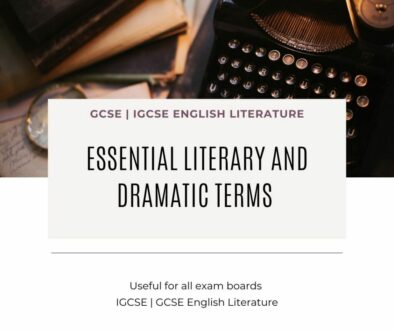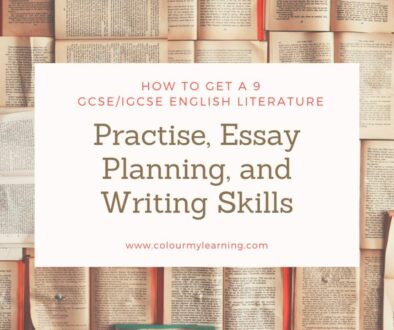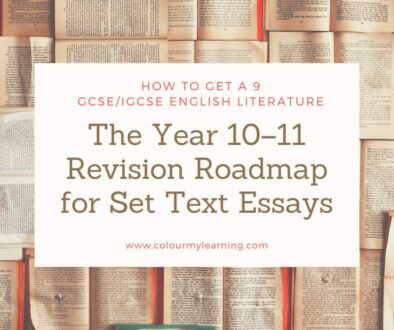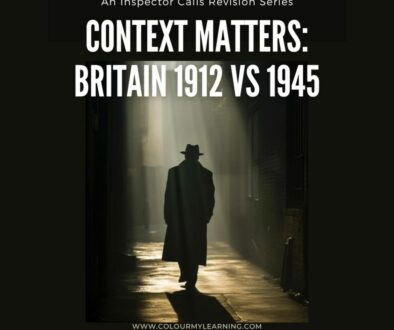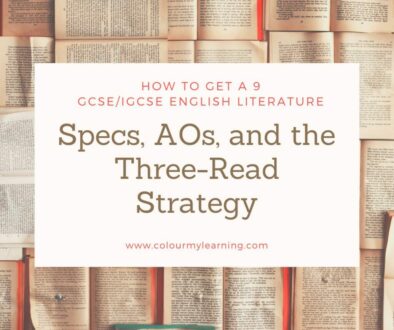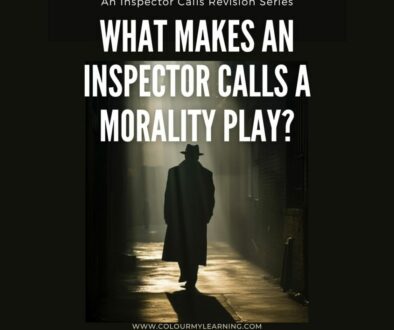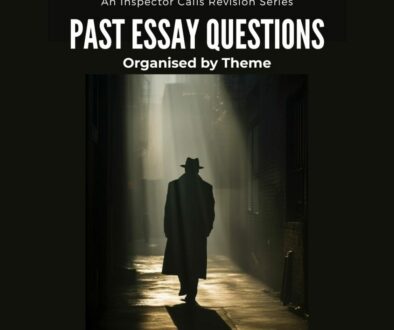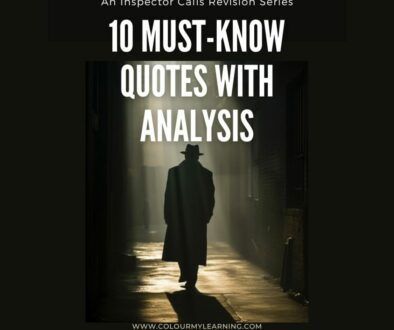How to Answer the Unseen Poetry Question – Edexcel IGCSE English Literature: Paper 1 Section A
The unseen poetry question in Edexcel IGCSE English Literature Paper 1 gives you the opportunity to read a poem for the first time and respond thoughtfully. It is a chance to demonstrate how you notice detail, interpret meaning, and explore how writers use language to shape ideas and emotions.
Meeting the Poem with Confidence
Every poem offers something to discover. Whether the subject is memory, nature, conflict or emotion, you bring your own perspective to the reading. With a clear method and a calm approach, you can learn how to explore any poem with clarity and care.
This guide takes you through a simple and effective way to prepare for the 20-mark (out of 90 marks) unseen poetry question, using the assessment objectives to guide your response.
Understanding What the Examiner Values (AO2)
In this question, you’ll be invited to explore how a writer presents a theme, idea, or feeling through the poem. This is an opportunity to show how you interpret and explain the choices the poet has made.
You will be working towards AO2, which encourages you to:
- Explore the poet’s use of language, form, and structure
- Reflect on the effects these choices create for the reader
- Select relevant examples from the poem to support your ideas
- Use literary terminology with accuracy and confidence
Your response is shaped by your reading, your interpretation, and your ability to explain how meaning is created. Each of these skills strengthens your answer and helps you respond with insight and originality.
Understanding the Question Format
In Paper 1, the unseen poetry question is designed to help you explore how a poet communicates meaning. The wording of the question usually follows a familiar pattern:
“Explore how the writer presents [emotion or theme] in this poem. In your answer you should consider the writer’s:
- Descriptive skills
- Choice of language
- Use of form and structure
Support your answer with examples from the poem.”
This gives you a helpful framework for your response. The question directs your attention to how the poem works—through language, structure, and literary choices. Your task is to turn your reading into a thoughtful, organised analysis that draws directly from the text.
Step-by-Step: A Calm, Focused Approach
1. Read the Poem Twice
Begin with a full reading to understand the overall meaning and tone. Then read it again, more slowly, to notice key details.
Look for:
- Shifts in tone or mood
- Vivid or unusual imagery
- Line breaks, punctuation, and changes in pace
2. Identify the Central Theme or Emotion
Ask yourself: What is the main idea or feeling being explored?
This might include emotions such as fear, joy, sadness, reflection, or hope, or themes such as nature, change, memory, or identity.
3. Explore the Poet’s Language Choices
Focus on words or phrases that stand out. Look for:
- Figurative language (metaphor, simile, personification)
- Sound effects (alliteration, sibilance, onomatopoeia)
- Specific word choices that shape tone or meaning
Ask: How do these choices help the reader connect with the theme or emotion?
4. Consider the Poem’s Form and Structure
Look at how the poem is built on the page:
- What is its overall form (e.g. sonnet, free verse, dramatic monologue)?
- How is it organised—into stanzas, lines, or sections?
- What do you notice about rhyme, rhythm, or enjambment?
- Where do pauses, breaks, or shifts occur?
Each of these features can add meaning, shape emotion, or guide the reader’s experience.
5. Organising Your Response: Follow the Poem’s Journey
Once you’ve gathered your thoughts and noted key ideas, it’s helpful to structure your response by following the order of the poem itself. This means exploring the poem stanza by stanza, or line by line, depending on its shape and progression.
Writing in this way allows you to:
- Reflect the way meaning develops across the poem
- Capture shifts in tone, focus, or emotion
- Keep your analysis clear, purposeful, and well connected to the text
As you move through the poem, use your understanding of language, form, and structure to guide your interpretation. Look at how the poet’s choices build over time, and how each part contributes to the poem’s overall message or effect.
This approach helps your response stay close to the poem, and shows the examiner that you are reading thoughtfully and with attention to detail.
You can still use the following sequence as a guide while planning:
Theme ➜ Language ➜ Form ➜ Structure ➜ Effect
But in your writing, aim to let your paragraphs follow the shape of the poem itself. Each moment of analysis becomes part of a larger picture.
Using Literary Terms with Purpose
Literary terms are tools to help you explain how a poem works. You don’t need to label every line, but using the right terminology in the right context strengthens your analysis and shows control in your writing.
Here are a few examples of terms and how to use them meaningfully:
Enjambment —“This mirrors the speaker’s emotional flow or lack of control…”
Caesura —“This pause emphasises a moment of reflection or hesitation…”
Metaphor —“This comparison deepens the image of the speaker’s experience…”
Sibilance —“The repetition of ‘s’ sounds creates a soft or tense atmosphere…”
Aim to use terms naturally in your sentences, always linking them to the effect they help create.
For a more complete list, read this post: 17 Essential Poetic Devices for GCSE and IGCSE English Literature
A Reliable Structure for Paragraphs
When planning your answer, use this simple structure to help keep your ideas clear and connected:
Point – Identify the effect the writer is creating
Evidence – Select a short, specific quote
Analysis – Zoom in on how the language, form, or structure creates that effect
Develop – Link your point to the poem’s overall theme or message
Example Paragraph:
The poet explores isolation through the image of a “locked garden.” The metaphor suggests both beauty and restriction, with the word “locked” implying distance and emotional separation. This feeling is reinforced by the use of caesura in the next line, which creates a deliberate pause, echoing the speaker’s sense of withdrawal or pause from connection.
This structure supports thoughtful and focused writing. Practising short responses in this format can help you feel more prepared when you face the real exam.
Final Tips for the Exam
- Use clear, considered language in your analysis
- Connect every technique you mention to its effect
- Choose short, purposeful quotes to support your points
- Plan before you write to organise your thinking
- Practise with past questions to build confidence over time
Every unseen poem is an invitation to explore a new perspective. With a calm, structured approach, you can engage with the question thoughtfully and clearly. This part of the exam is a chance to show how you think, how you notice, and how you explain.
Each poem brings something new—and you are well prepared to meet it with skill and insight.


